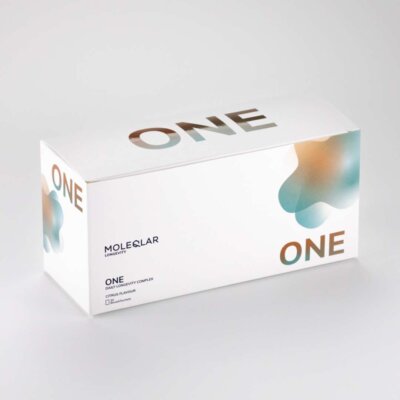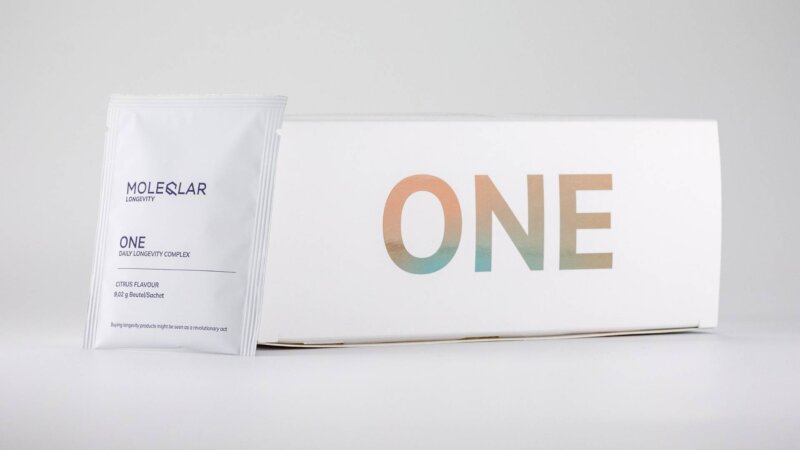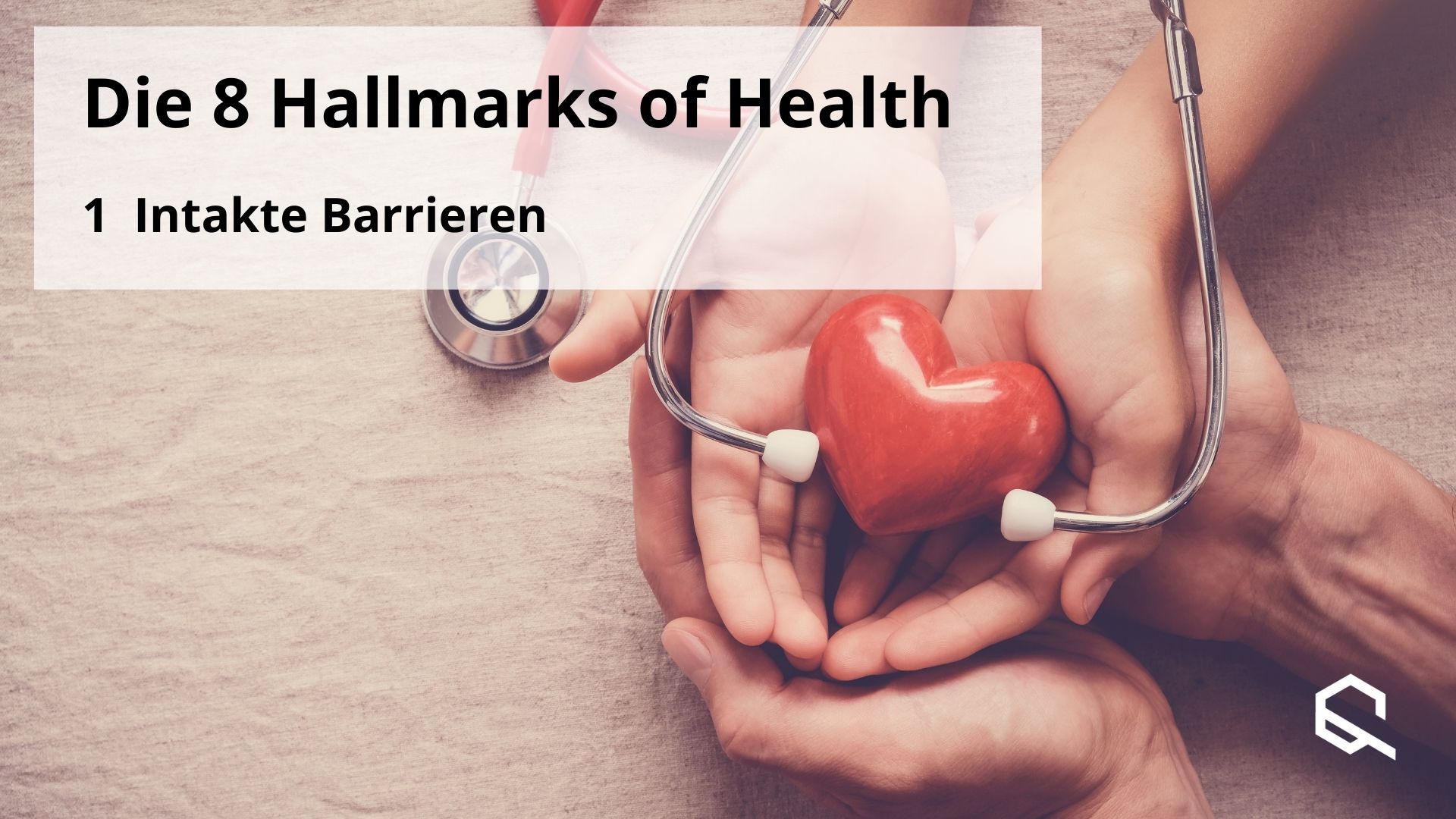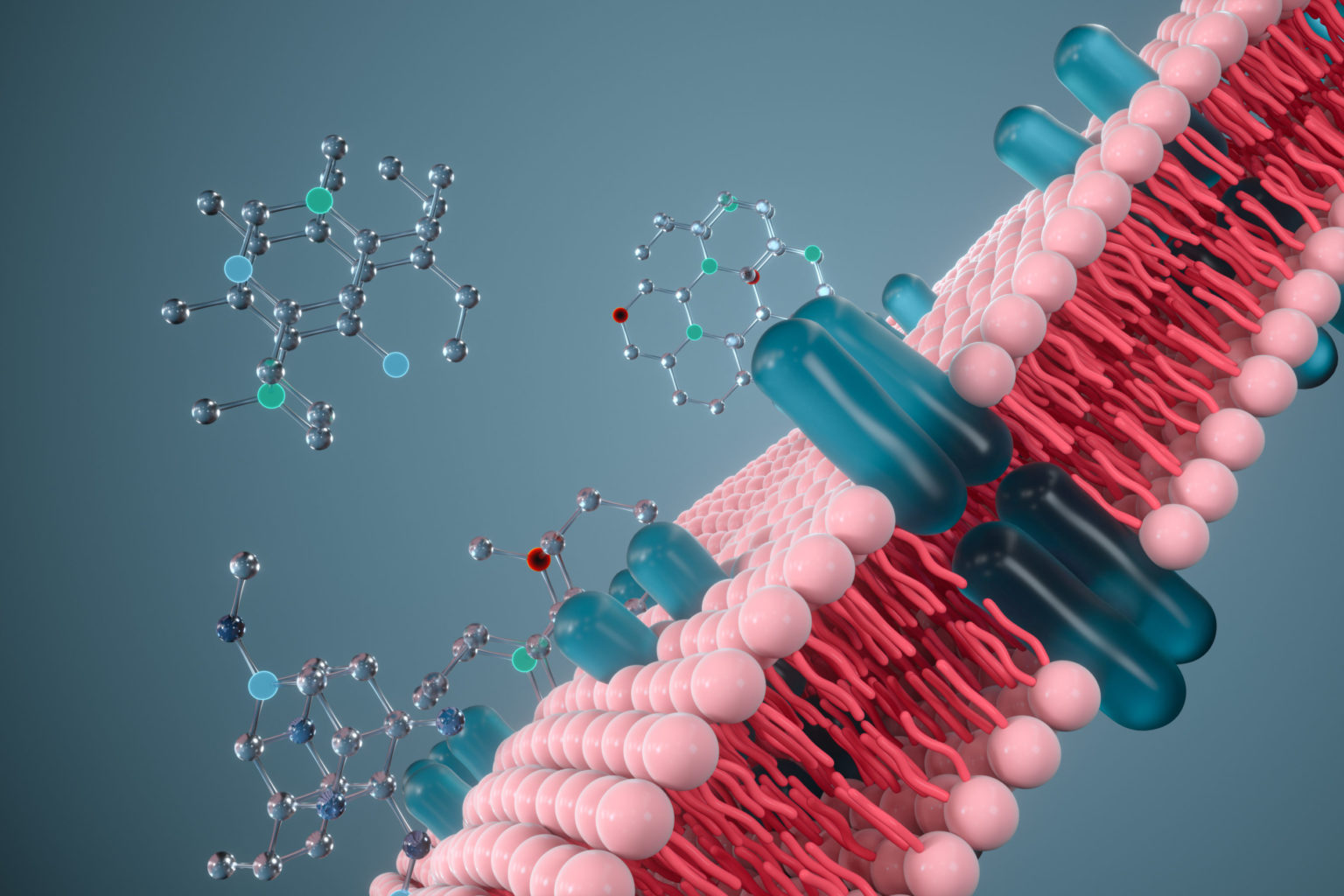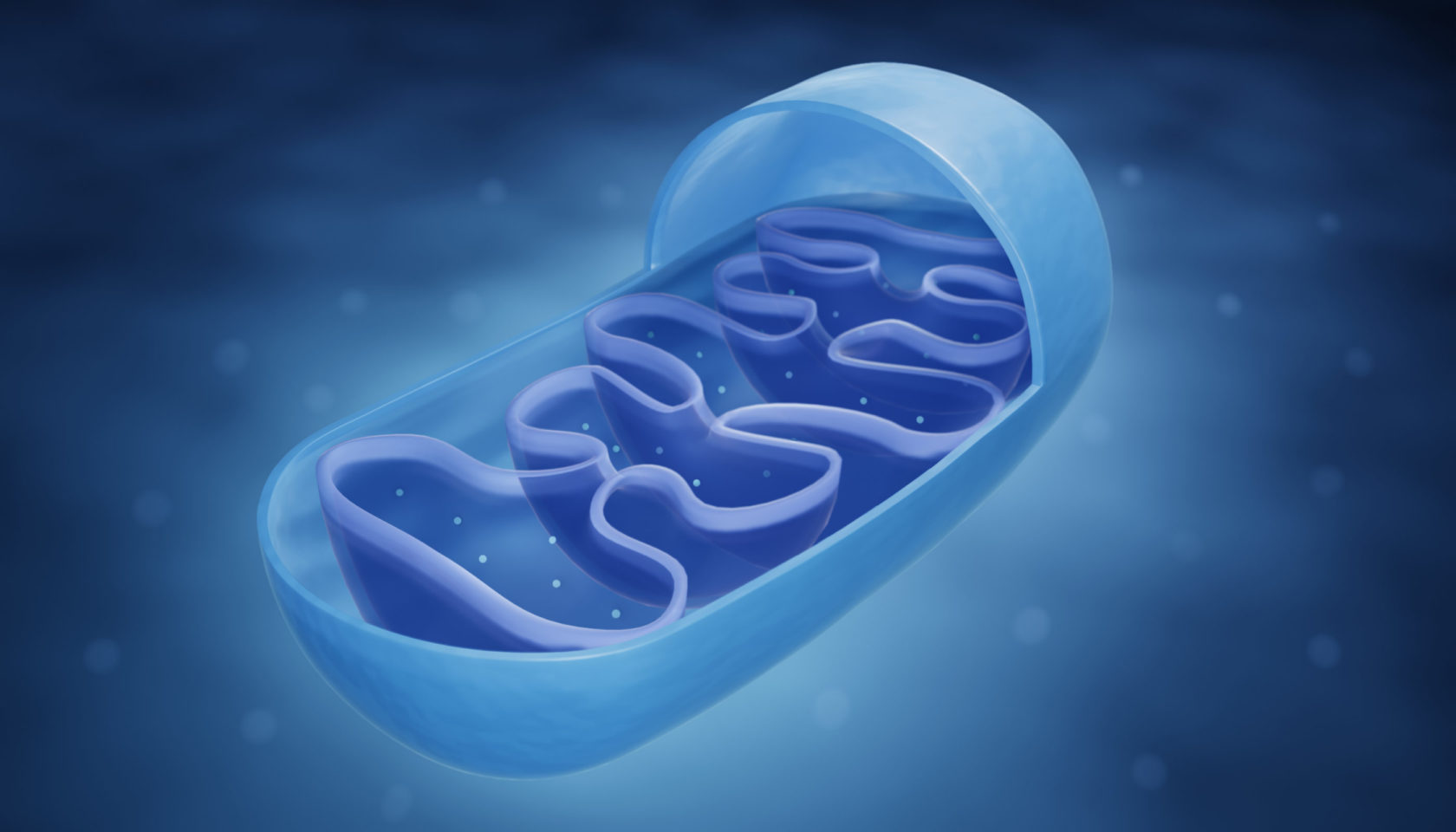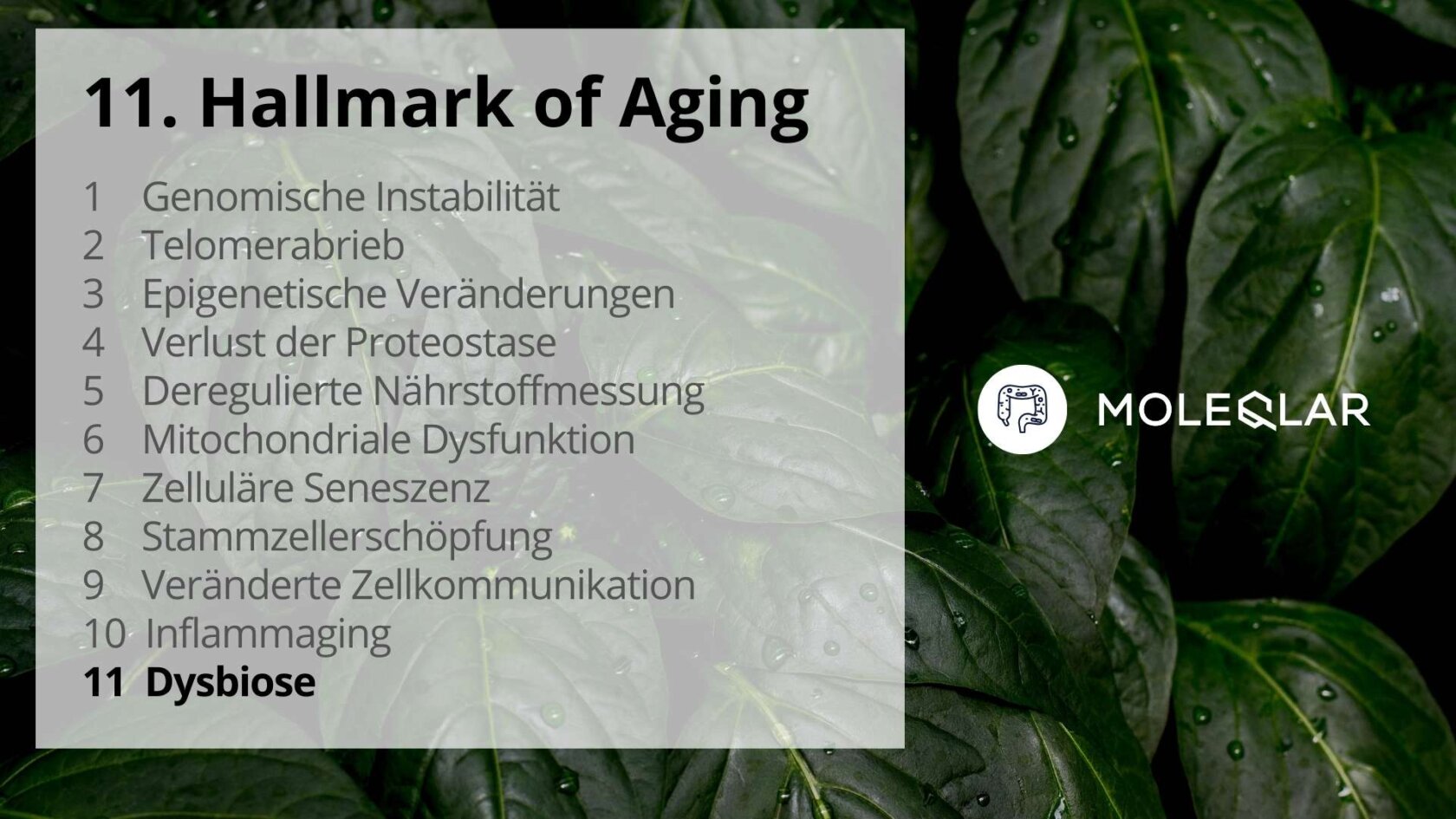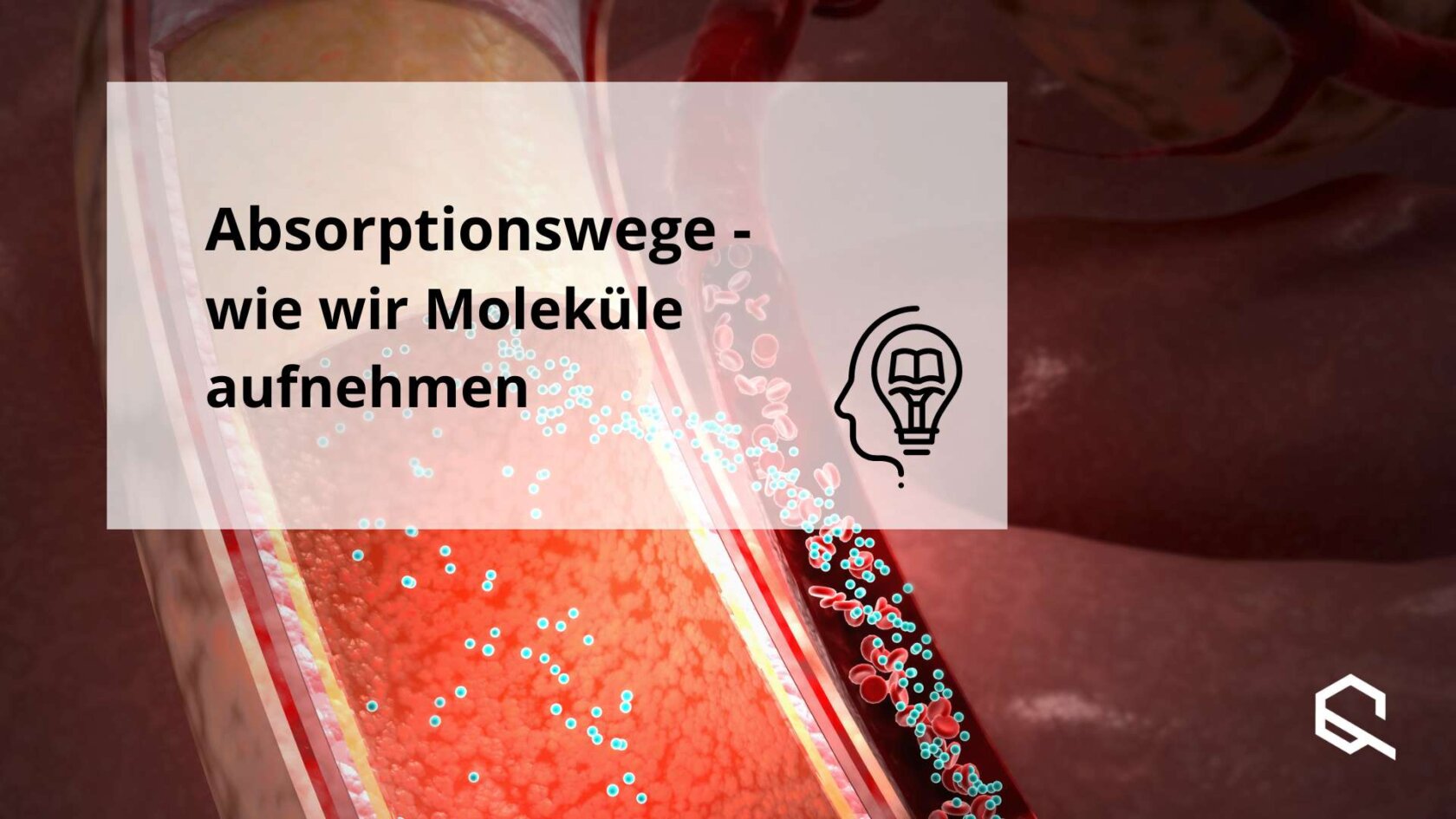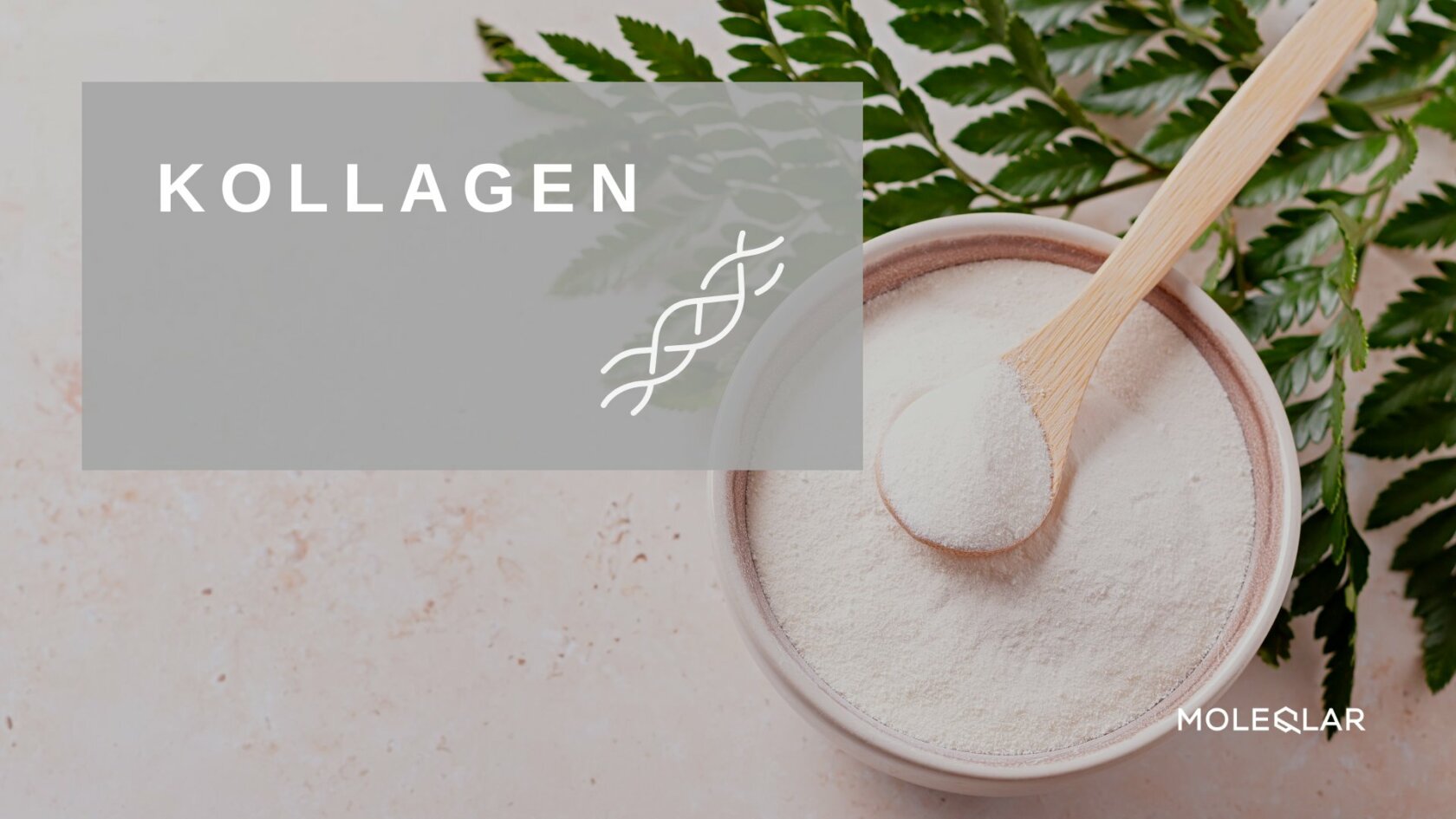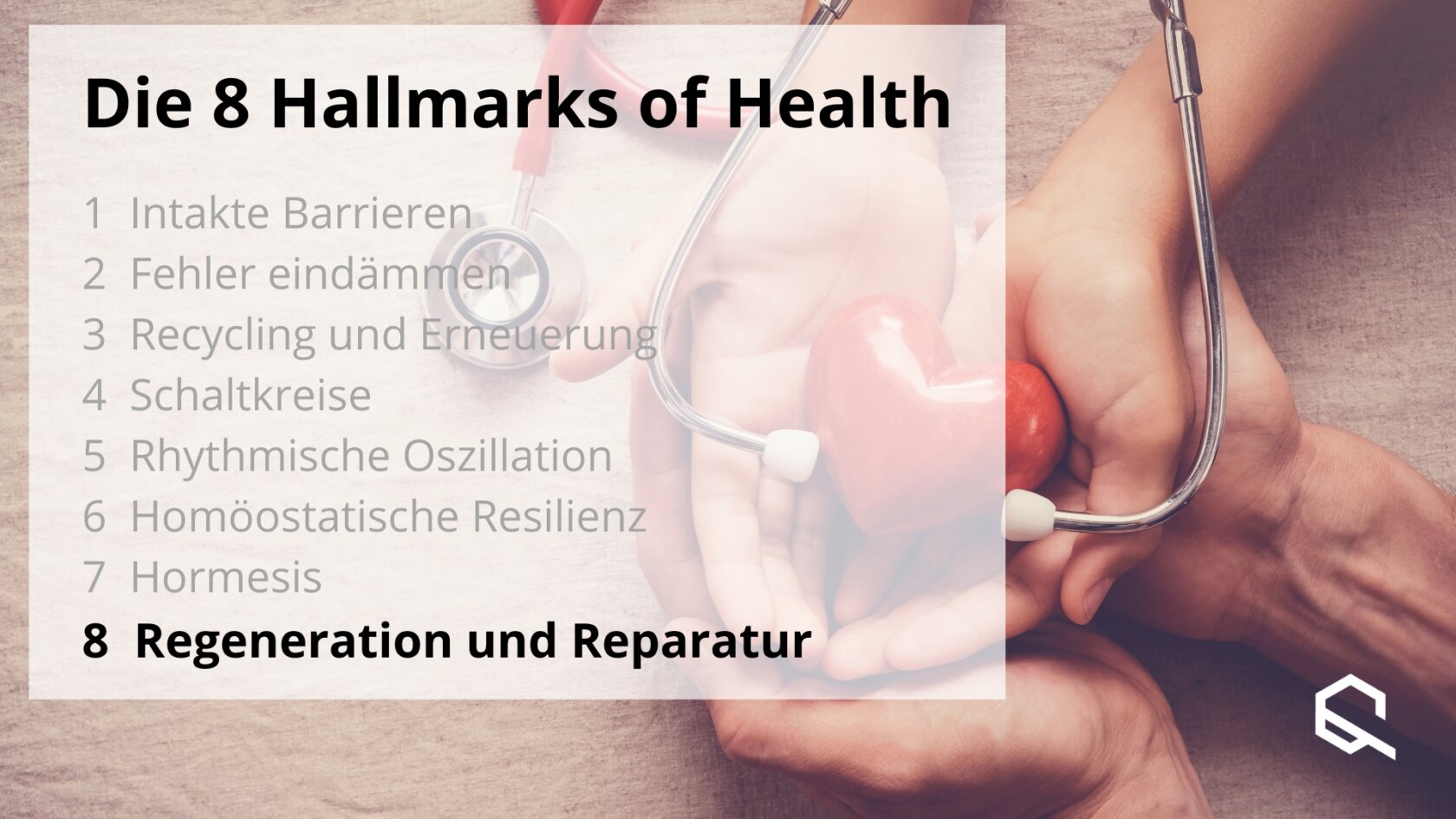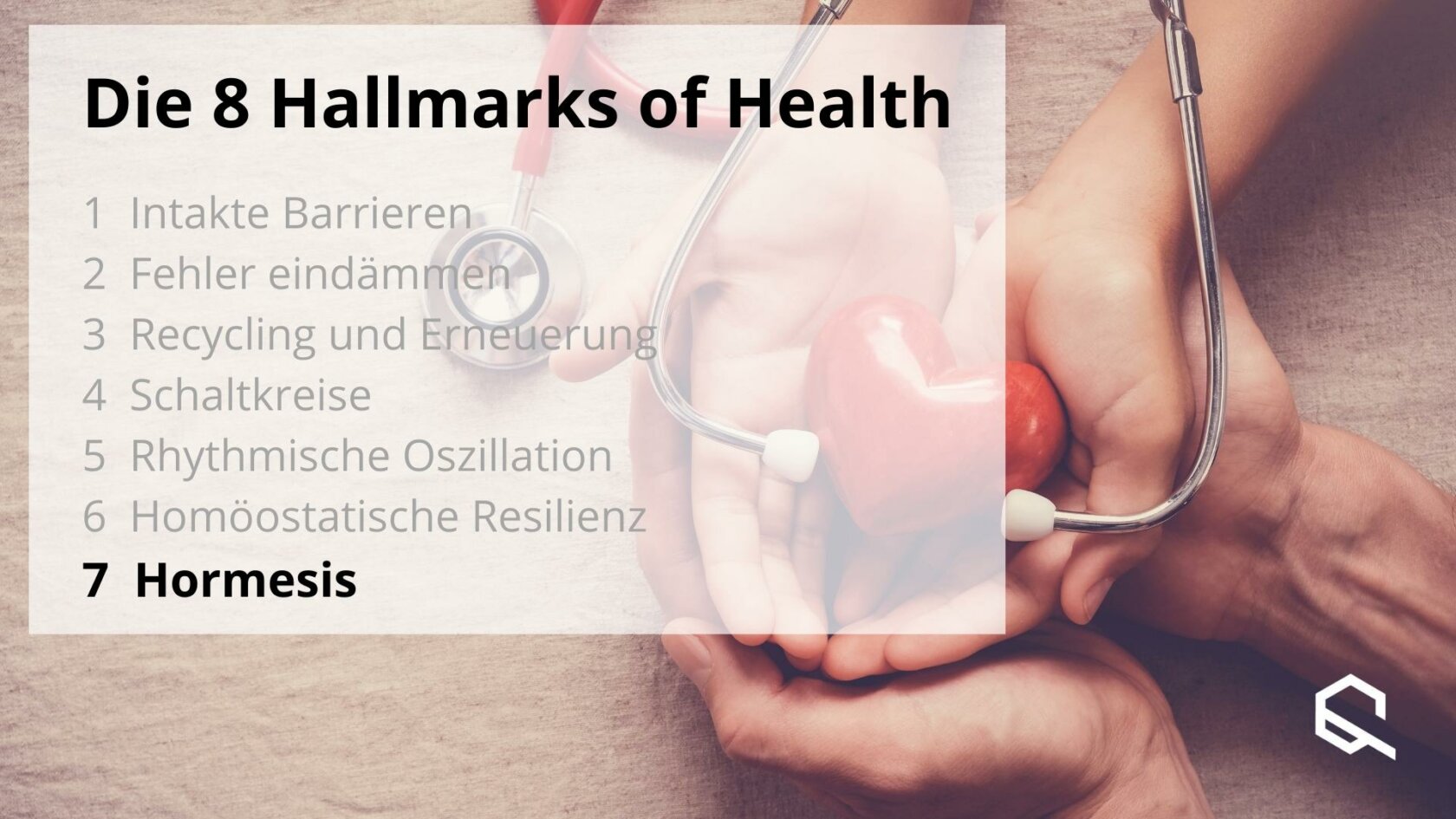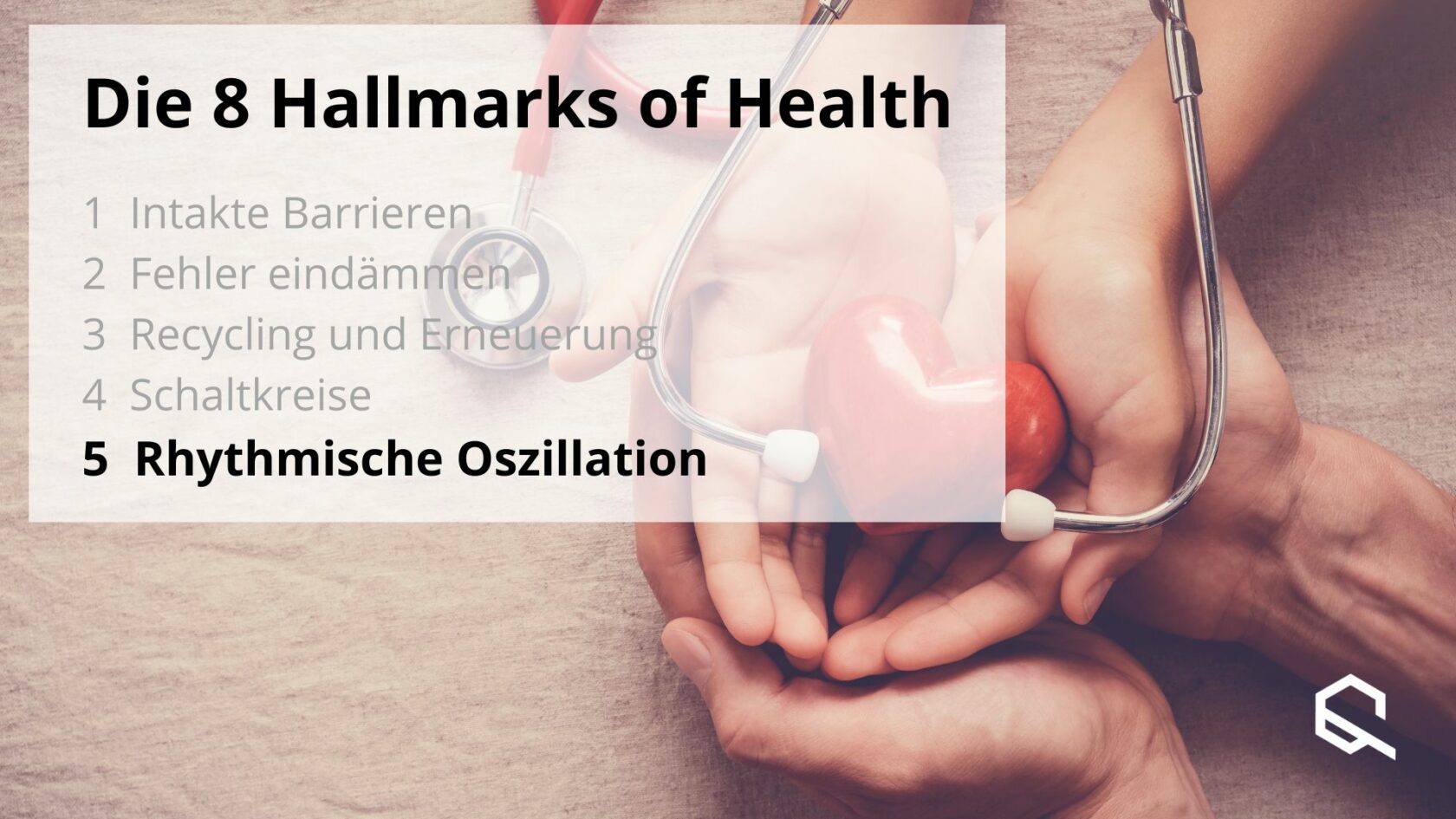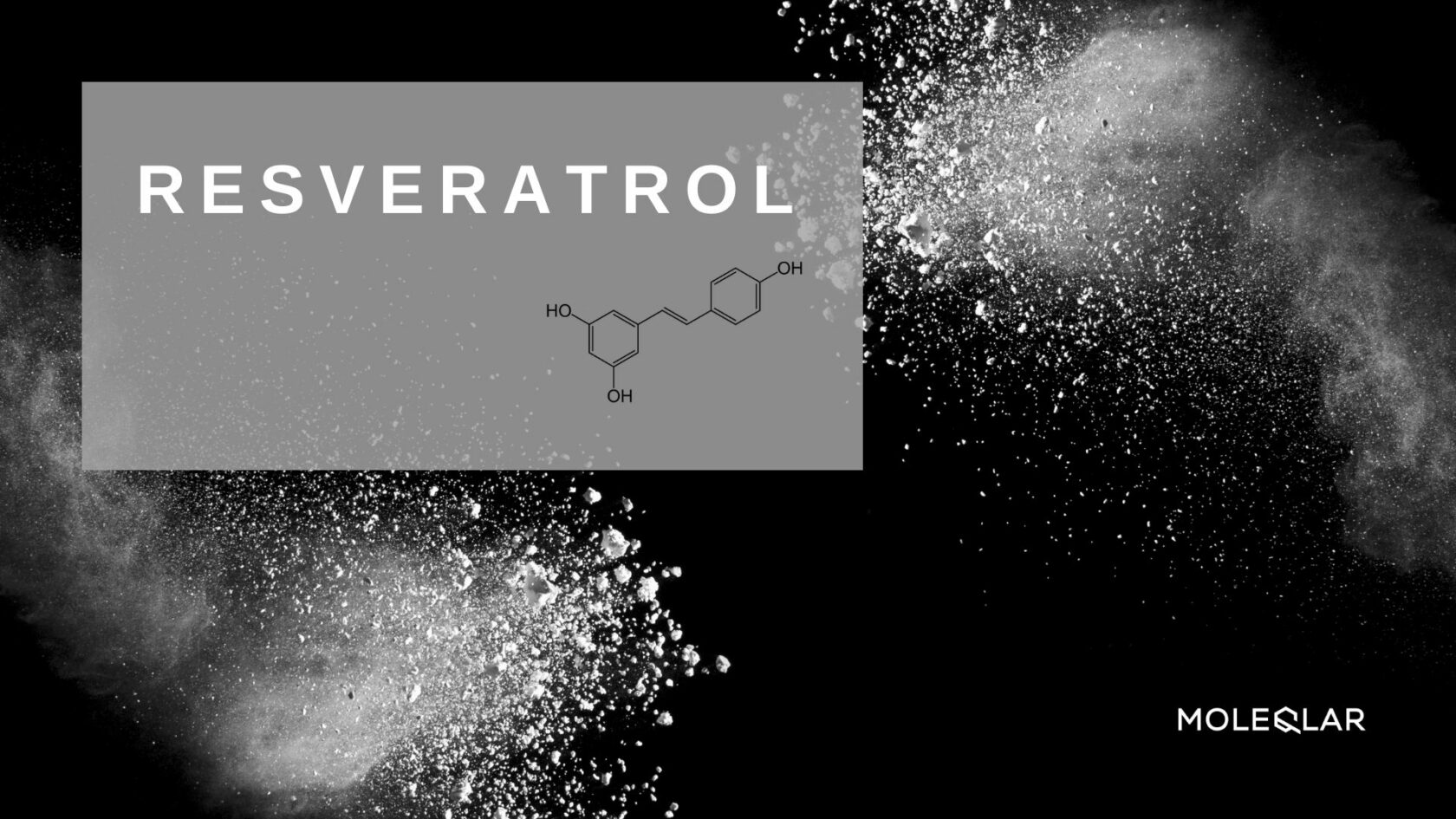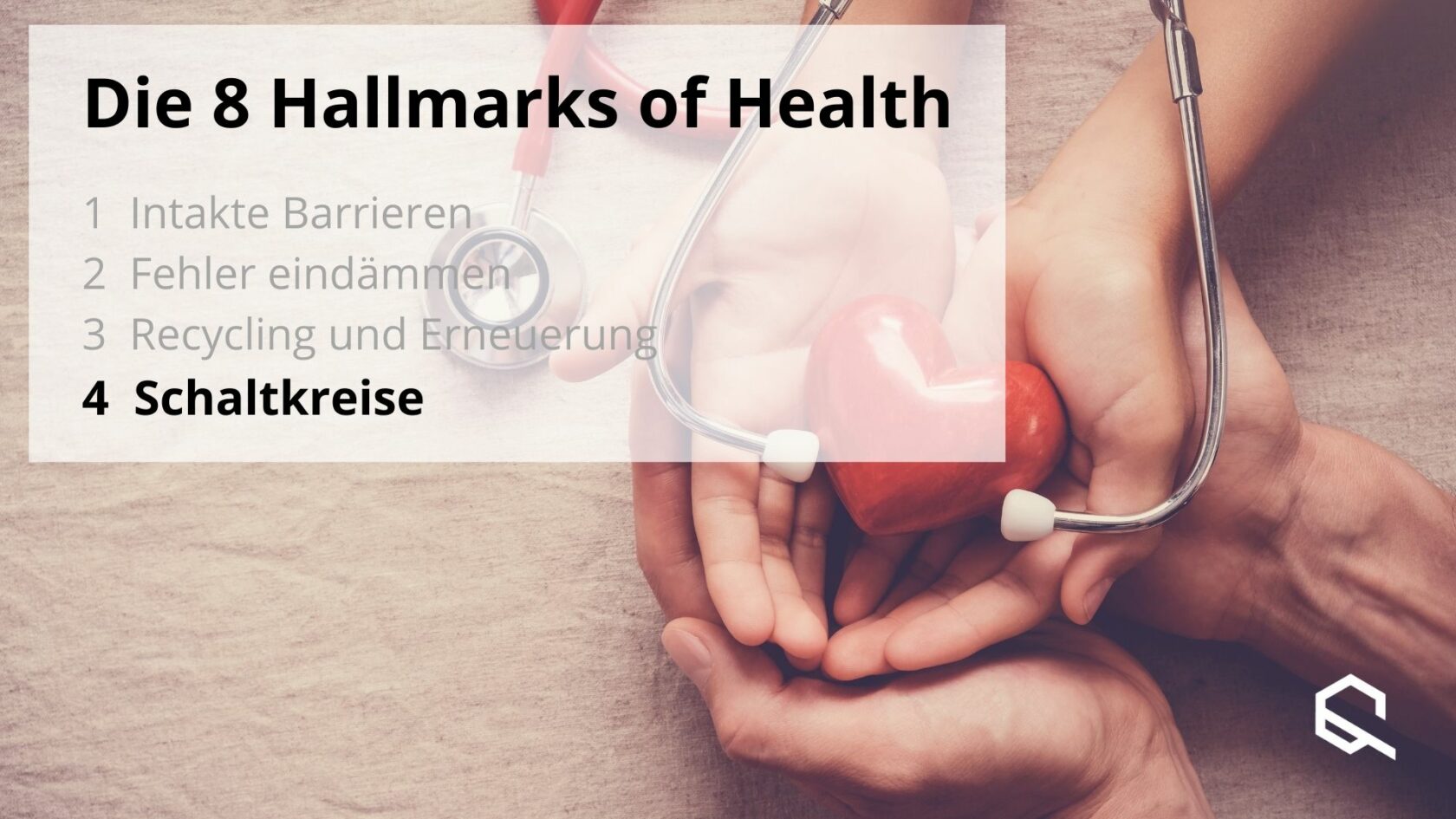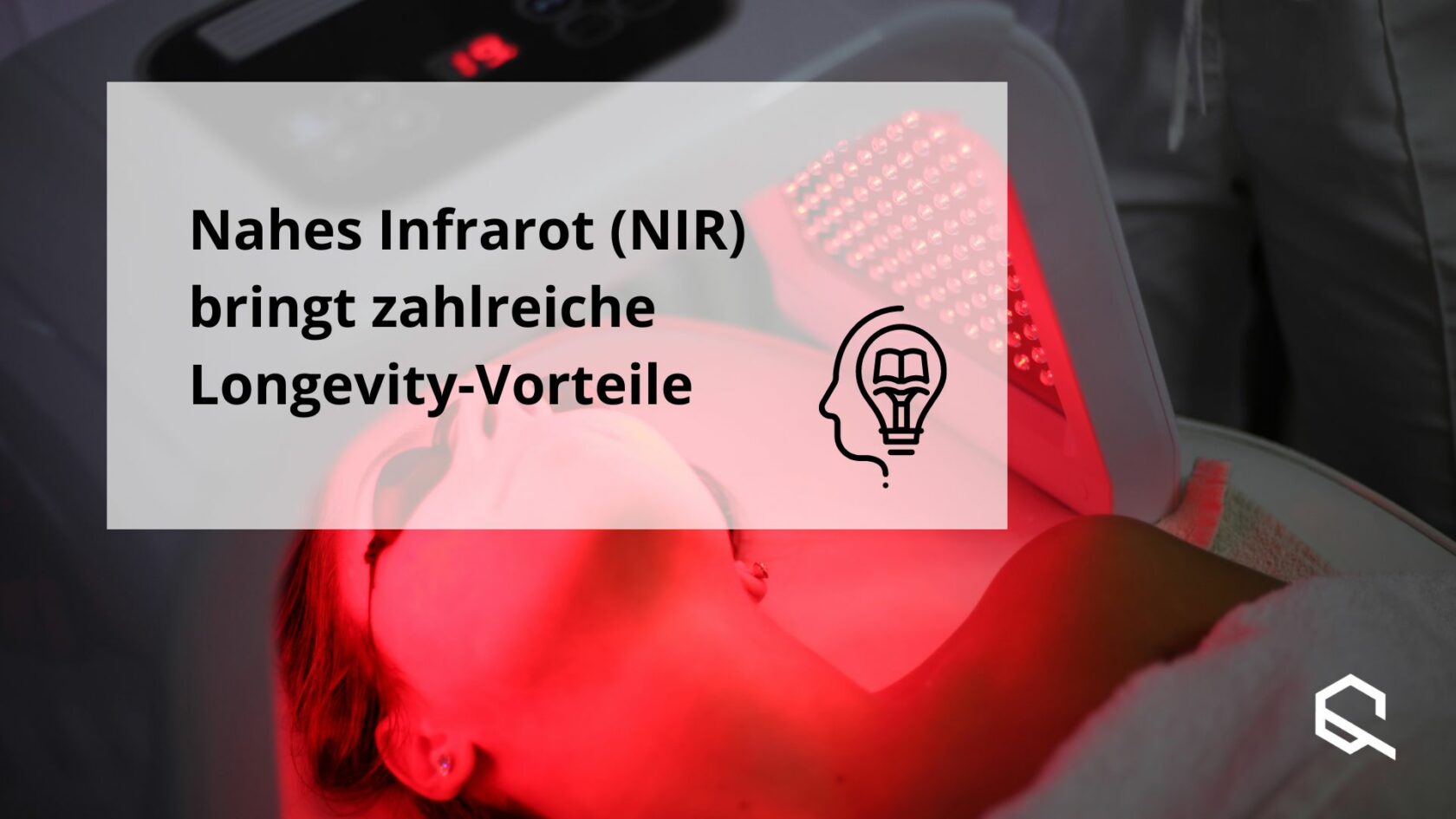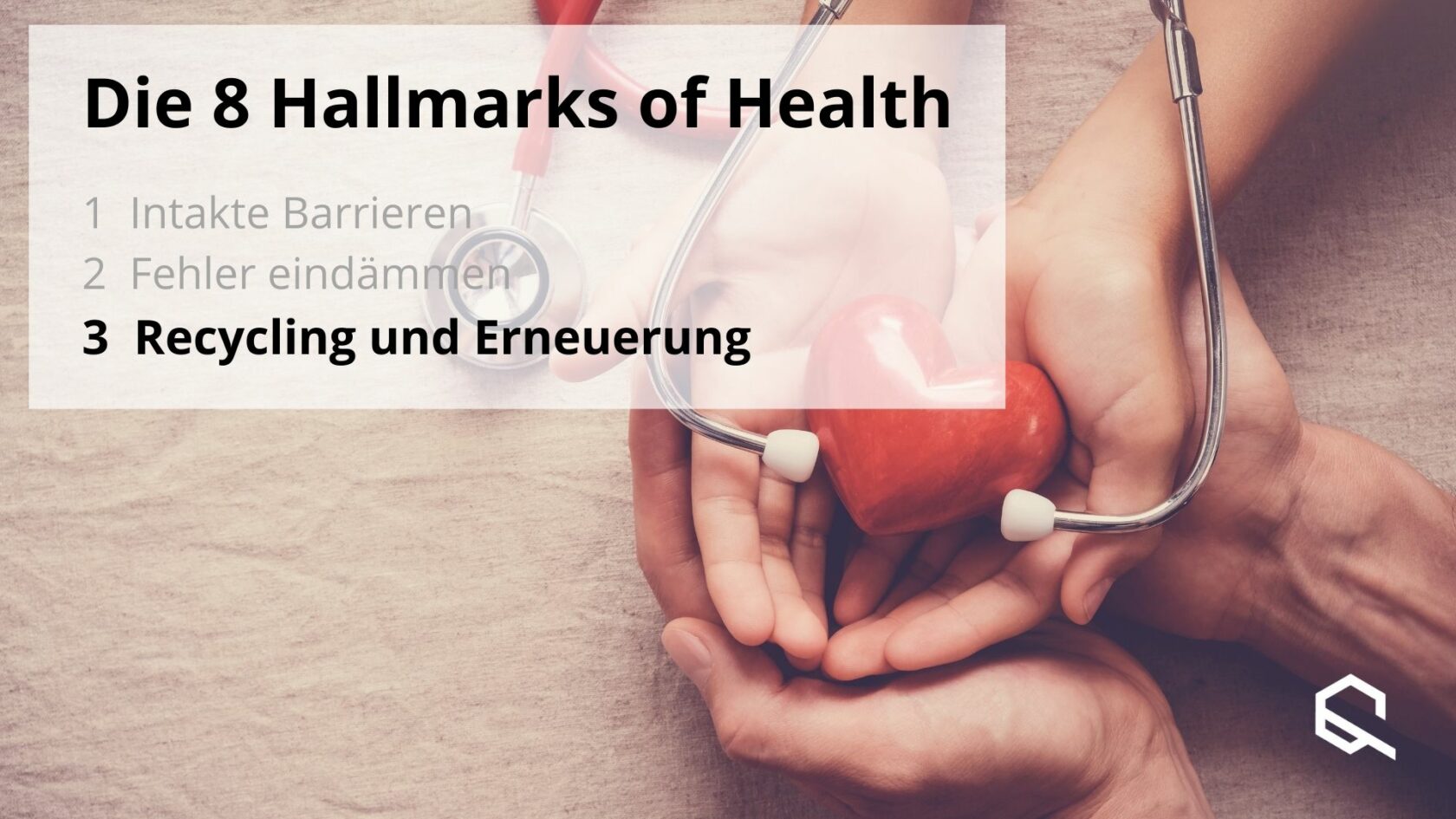Our entire organism is divided into many individual working areas by different barriers. Each area has its own tasks to fulfil and is a single link in the overall mechanism. Different organs each have characteristic tasks and are therefore systems of their own. Some organs can be further subdivided, such as the kidney, which consists of the cortex, medulla and pelvis.
In this respect, imagine the body as an office building of a media company with many departments. On some floors, the conditions have to be very special in order to be able to produce sound and image recordings. Still other departments rework the produced recordings and need other rooms and other equipment for this. The leading department takes care of organisational matters and communication between the others. All staff members can communicate with each other, but some processes have to be regulated by intermediate bodies. All these departments have to be separated from each other, but they also have to be connected to each other in order to guarantee the overall function.
Barriers have the important function of maintaining gradients in the body. A gradient is the difference in concentration of individual molecules between two areas. A suitable analogy from the visible world is a waterfall. Here, the gradient creates a movement in one direction and this results in a flow of great energy.
Electrochemical and concentration gradients play an important role in very many processes in the body. Electrochemical gradients are caused by differences in the concentration of charged molecules that generate an electrical voltage - this plays an important role in the transmission of information by nerve cells, for example.
Let's now take a look at the most diverse barriers in our body.
Skin
The skin primarily protects us from all dangers of the environment - from pathogens, as well as from chemical and physical damage. The "peeling" of the skin after a sunburn is an exemplary expression of this protective shield. Thus, the skin is the first line of defence and at the same time highly specialised. To achieve and maintain this protection, the skin consists of many individual layers with different functions. On the outside, the skin is colonised by a constant skin flora. This consists of bacteria and fungi that have a protective effect and maintain a constant pH value. The pathogens live practically in harmony with us and usually do no harm. The epidermis, dermis and subcutis follow below.
Have you ever walked barefoot over a longer period of time and noticed how the sensation of pain changes over time? On the one hand, this happens because the epidermis becomes increasingly horny, i.e. a protective callus forms. On the other hand, the tactile and pain receptors also get used to the recurring stimuli - this is called adaptation.
In addition to pain and touch receptors, the skin also has temperature, pressure and stretch receptors. The many signals give the skin a good impression of the environment and offer comprehensive protection against external influences, be it scratches, burns or burns. However, it can do nothing against dangers that we ingest through our food. To protect our body from such threats, there are devices in the digestive system.
Intestinal barrier - boundaries are there to be overcome
In contrast to our skin, the intestine has the important function of conducting the required nutrients into our body. In order to manage the balancing act between defence and absorption, it also needs a distinctive specialisation here. Like our skin, the intestinal wall consists of different layers and different cells. The cells of the pancreas fulfil the task of producing digestive enzymes and passing them into the intestine. The enzymes "break down" the food into such small pieces that they can be reabsorbed and passed on by the small intestine.
In addition to digestive functions, the intestine also plays an important role in our immune system. Many immune cells are located there that recognise and fight pathogens. The intestine must therefore also provide these cells and allow and regulate communication between the immune cells in the intestine and the rest of the body. If the intestinal barrier is not intact, pathogens can enter the bloodstream. There they have to be fought by the immune system, which leads to fatigue and exhaustion. Among experts, this condition is called leaky gut syndrome .
Plasma membrane - barriers with advantages
It is not only large sections of the body such as the skin and intestines that are partitions. On a smaller level, barriers between individual cells are important. Animal cells are separated from each other by the cell membrane. It is a semi-permeable membrane, i.e. it is only permeable to selected substances. Simplified, you can imagine the membrane like a coffee filter. Only very small particles such as water and coffee aromas pass through the filter, the coffee grains themselves remain behind.
The plasma membrane is therefore important for keeping needed molecules inside the cell and harmful molecules outside. Nevertheless, in order to supply the cells, transport from the outside to the inside must be able to take place, as well as transport and communication between cells. For this purpose, there are specialised pores and transporters which, depending on the cell, orientation and type, can transport individual substances from the outside to the inside or from the inside to the outside. For example, glucose is transported into the cell.
Nuclear membrane - The steel wall around our DNA
The cell nucleus is the vault of our genetic information - our DNA is stored there. It must be specially protected, which is why the cell nucleus is surrounded by a separate membrane. This is similar to the normal cell membrane, but there are other pores and transporters in the nuclear membrane. In order to keep the DNA in the protected space inside the cell nucleus, working copies are regularly made - the so-called mRNA, which can leave the nucleus. The mRNA is then used to synthesise proteins in the cell plasma.
In order to ensure growth and regeneration, the cells and also the cell nuclei divide regularly, so that two daughter cells of equal value arise from one mother cell. In the course of this process, the DNA is first duplicated and the cell nucleus divides - nuclear division is called mitosis. During mitosis, it is important that the nuclear membrane remains stable and closed. If the nuclear membrane becomes permeable, DNA may be lost or division may not occur evenly. As a result, there is a possibility of defective daughter cells. If these defects are not detected by further control mechanisms, tumors can develop from them (more on this later in Hallmarks 2 and 3).
Mitochondrial membrane
Mitochondria are known as the power plants of the cell, because this is where oxygen is converted into energy. Mitochondria are organelles within the cells and separated from the plasma by their own membrane. Due to evolutionary features, mitochondria have an additional inner membrane. This creates another space - the intermembrane space. The figure shows you this very clearly.
So there is the inner space of the mitochondria and the space in between. This makes it possible to build up concentration differences or gradients within the mitochondrion - between the individual areas. Think of the gradient like the water gradient in a hydroelectric power plant. By equalizing the water gradient, a turbine is driven, which can generate electricity via a generator. Using the same principle, energy is generated via the concentration gradient within the mitochondria. This energy in the form of ATP powers our entire organism. Each cell has several mitochondria and each mitochondrion has several turbines. A defect in the barriers of the mitochondria would have devastating consequences for energy production, the cells and thus our state of health.
Blood-brain barrier
The organ between our ears, also known as the brain, controls all conscious and unconscious processes of our body, similar to a control centre. It must be supplied with oxygen and nutrients and at the same time be especially protected from danger. That is why the blood-brain barrier exists. Like a security guard between the bloodstream and the cerebrospinal fluid, it controls all substances that are allowed to travel on into our brain. Because if pathogens enter the brain, this can have serious consequences. Cells that control vital processes can be damaged.
Since nerve cells, unlike other cells, cannot regenerate, most neurological injuries or degenerative neurological diseases (such as Alzheimer's or Parkinson's) are irreversible. But the blood-brain barrier itself can also be damaged. Malaria, the most common infectious disease worldwide, can lead to cerebral malaria, especially in children under certain circumstances, by the pathogen triggering a permeability of the blood-brain barrier and damaging the brain to the point of comatose state.
As useful as barriers are, sometimes a free passage would be beneficial, especially if one otherwise has to take a diversion. For example, although the blood-brain barrier is an important protective mechanism of our body, it also poses an additional challenge for the development of drugs with a central nervous effect. If an active ingredient were able to unfold its effect on the cells but could not cross the blood-brain barrier, the substance could not even reach its site of application. That is why creativity is needed here.
Parkinson's disease, for example, is characterised by a loss of dopamine-producing cells. Since dopamine is an important messenger substance in the brain, there is a therapeutic approach of providing the brain with additional dopamine. However, the blood-brain barrier is not permeable to conventional dopamine. Therefore, Parkinson's patients are given levodopa. This is a similar substance that can cross the blood-brain barrier and is converted directly into dopamine in the brain.
Faulty barriers
All these membrane functions protect us from diseases and keep us healthy. But even our bodily functions are human and can make mistakes. Fortunately, we don't make it so easy for intruders, and the next control mechanism is ready and waiting to check cells for mistakes, to fix them in an emergency or to stop them from spreading further. You can find out exactly how such control mechanisms work in the coming articles of the hallmarks of health.
Literature:
López-Otín, Carlos, and Guido Kroemer. "Hallmarks of health." Cell 184.1 (2021): 33-63. https://pubmed.ncbi.nlm.nih.gov/33340459/
Images:
The images were acquired under licence from Shutterstock or Canva and marked accordingly.
